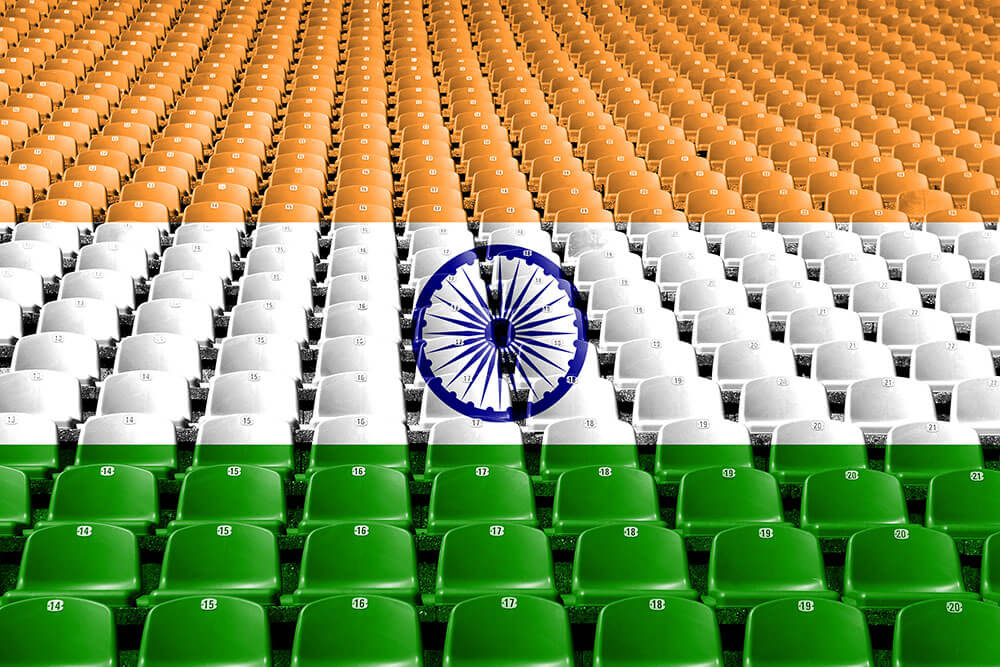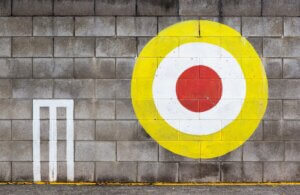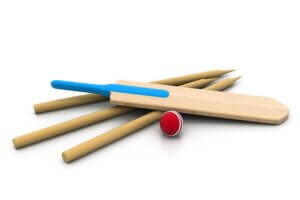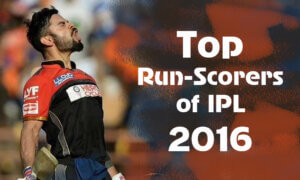How to Get Selected in the Indian Cricket Team

First Class Cricket
PVj94R">
In the world of cricket, there are some dominant forces that the opposition fear playing against. Australia was dominating the game since the 2000s.
They won three consecutive world cups, proving to be an invincible team. Strong bowling attack and aggressive batting. The verbal spat and the on-field sledging by the mighty Australians used to get into the skin of the opposition. In the last decade, the wind started blowing in a different direction. Other teams have come up with the same attitude and with some exceptional talent. One such team is Team India.
Team India was first recognised after winning the World Cup 1983 at the home of cricket, Lords. In the years following the World Cup, it was tough to defeat India at home, however, on away tours, India was just a minnow opposition. At the beginning of the 21st century, under the captaincy of Sourav Ganguly, team India started to perform wonders on away tours. They had a never-die attitude and were always hungry for a win. This all came with talented young cricketers who belonged to different states of India. Prior to Ganguly, there was some regional bias in team selection. Mumbai had dominance in BCCI and players came to the Indian team from Mumbai. Something truly extraordinary one had to boast to become a part of team India if not from Mumbai. Ganguly was the one revolutionising Indian cricket with his visionary mind of seeing Indian cricket at the top.
Contents
Selection Committee
The selection committee of the Indian cricket team consists of 5 members and a convener. The 5 members are solely responsible for team India’s selection and have all the voting rights. Secretary is the convener of the selection committee. These five members are representing the five cricket zones in which Indian domestic cricket is divided into. Those are North, Central, West, East and South Zones. Indian team head coach and captain of India are also invited to the meetings of the selection committee. Their input is taken on team selection but they are void of voting. The Chairman of the selection committee is also selected from these five selectors. The current chairman is Sunil Joshi.
Every country has a domestic structure. Likewise, India has its own domestic structure. Ranji Trophy is recognised as the penultimate tournament for every player before playing for India. Ranji Trophy was named after Ranjitsinhji who was the first Indian cricketer to play international cricket. Teams from each state and cricket associations qualify to compete for the trophy. There are currently 38 teams that play the Ranji Trophy. To give an estimate, a team squad consists of 15 players. This means 570 first-class players are competing against each other to get selected in Team India 15-member squad. It simply is not an easy task to get into team India. One shouldn’t omit another fact: those 570 players come from a population of 1.35 billion, which gives a clearer picture of how professional these individuals are.
Duleep Trophy is another major first-class tournament played in India. The structure of the tournament was such that it consisted of zonal teams. Each state has been divided into five zones which are North, South, East, West and Central zones. Selection for zonal teams was done by the BCCI of the players who performed well for their states in the Ranji Trophy. This format was changed with only three teams, India Blue, India Green and India Red. This structure is criticised by many but the ideology behind it is to bring in the most competitive and talented lot of the Ranji players.
Irani Cup is the best playing against the best. The match is played between the Ranji Trophy winner and the Rest of India. The Rest of India squad consists of players who have performed well in Ranji Trophy other than the players from the winning team. The trophy got its name from Z.R Irani due to his long association with the BCCI from 1926 till his death in 1970.
List A Cricket
Talking about the white-ball cricket that is List A, there is a certain structure here as well. The Vijay Hazare Trophy is called the Ranji One Day Trophy. Then there is the Deodhar Trophy which is played among three teams. Those teams are India A, India B and India C, consisting of the most talented white-ball cricketers.
T20 Cricket
In the T20 format, India has the biggest cricketing league in the world. The Indian Premier League (IPL) has a net worth of USD 6.7 billion according to Duff & Phelps. This league has revolutionised the game and after its inception, many cricket boards started their own leagues. Undoubtedly, IPL is one of the biggest and most competitive leagues in the world. Players from all over the world play the tournament. The playing XI of each team should comprise four foreign players with the rest being local players. The team selection is purely based on individual owners. Each team wants the best combination. The local players’ selection is done based on their performance in first-class and List A tournaments.
T20 Cricket
In the T20 format, India has the biggest cricketing league in the world. The Indian Premier League (IPL) has a net worth of USD 6.7 billion according to Duff & Phelps. This league has revolutionised the game and after its inception, many cricket boards started their own leagues. Undoubtedly, IPL is one of the biggest and most competitive leagues in the world. Players from all over the world play the tournament. The playing XI of each team should comprise four foreign players with the rest being local players. The team selection is purely based on individual owners. Each team wants the best combination. The local players’ selection is done based on their performance in first-class and List A tournaments.The IPL has helped cricket India a lot. Young local cricketers get an international exposure playing for their teams. They get to share dressing rooms with the best ones in the business. Teams are backed by international coaching staff which helps the young cricketers in improving their game and bringing their skillset to the next level. It is rated as the biggest tournament with a lot of recognition. Playing under such high-pressure conditions is when a cricketer gets tested and whoever delivers in this situation catches the eyes of selectors.
DoDomestic Cricket Structure
get into team India, the first step towards the goal is to play club cricket. When a child grows up with a passion to play cricket, the easiest and most accessible approach to that kid is a local cricket academy connected to a regional cricket association. Promising kids from the clubs go on to play district-level cricket. To get selected in the district-level age cricket, local tournaments are arranged by the cricket associations. Age-group cricket is divided into three categories. The first and the most initial level is the under-13, followed by the under-15 and under-19 team.
Each division has many districts. At the district level, there are inter-district tournaments. Performing well in these tournaments will take you to the division level, playing inter-division tournaments. Division-level cricket is also played at various levels just like the district level. Senior Divisional tournament is the gateway to joining the Ranji Trophy teams. However, there is no hierarchical approach to the Ranji Trophy teams. Players from junior division can also come into state teams based on their performances. Players who perform well in inter-division are picked by state team selectors and are called to a camp. They come under scrutiny during the camp and are always under the radar. These shortlisted players take part in the side tournaments which are a preparation for Ranji Trophy. Performing well in these tournaments eventually land you into the Ranji Trophy team.
The domestic structure of Indian cricket is very vast. The BCCI is doing all it can to take cricket to the grassroots level and for that, there is the under-13 and under-15 district as well as divisional cricket. BCCI tries to provide a track for any youngster who dreams of playing for India. A proper system has been laid down but there are players representing India who has not gone through the process. Some outstanding talent out of nowhere can emerge anytime, catching selectors’ attention.
UmesUmesh Yadav and the Indian Team
ref="https://www.cric-life.com/player/umesh-yadav/" target="_blank" rel="noopener noreferrer">Umesh Yadav, a fiery fast bowler, has had a very unique way of landing into the Indian team. He belonged to a lower-middle-class family and when he had no career left to choose for himself, his friend persuaded him to play hardball cricket. A year after taking up the sport, he was playing in the Ranji Trophy at the age of 21. In the first season, he took 20 wickets at an average of 14.60 in the four matches he played. Soon he was representing Central Zone in the Duleep Trophy. Playing against South Zone, he took the wickets of Rahul Dravid and VVS Laxman. At the age of 22, he earned his India cap. As a rule, selectors do their best to bring in the guys who will be beneficial for the team and if they get someone who has not been in the system and still performs well, they’ll go after him.
For every player that represents India, there needs to be some performances backing his selection. The most important tournament for domestic cricketers is the Ranji Trophy. Whoever performs in the Ranji Trophy goes further to the Duleep Trophy as well as the Irani Cup and then eventually has a chance to join the national Indian team.
Never will anyone be happy with the selection committee whenever a squad is selected for a tour or a tournament. Everyone is complaining. Speaking of the team eventually coming onto the field, the captain has a major role in its selection. India has a lot of talented players in its domestic circle who are equally good but selectors will prefer those with whom the captain thinks he can bring positive results. Dhoni brought in players with whom he thought he could win and proved to be right. Meanwhile, Kohli does not end up with the same players. He brings in his own troops to the battlefield. However, the basic way to get selected in the Indian team is solely based on the Ranji Trophy.





